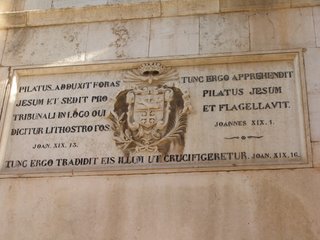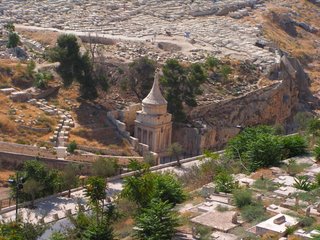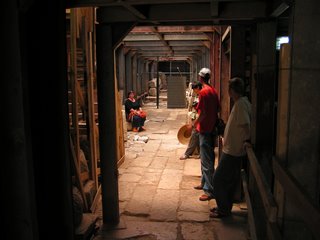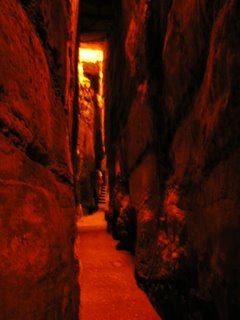With psalms and hymns and spiritual songs, singing with thankfulness in your hearts to God.
I thought I would post some favorite hymns--those which I most often find that I think about or humm or sing when no one else is around.
More Love to Thee, O ChristMore love to Thee, O Christ, more love to Thee!
Hear Thou the prayer I make on bended knee.
This is my earnest plea: More love, O Christ, to Thee;
More love to Thee, more love to Thee!
Once earthly joy I craved, sought peace and rest;
Now Thee alone I seek, give what is best.
This all my prayer shall be: More love, O Christ to Thee;
More love to Thee, more love to Thee!
Let sorrow do its work, come grief or pain;
Sweet are Thy messengers, sweet their refrain,
When they can sing with me: More love, O Christ, to Thee;
More love to Thee, more love to Thee!
Then shall my latest breath whisper Thy praise;
This be the parting cry my heart shall raise;
This still its prayer shall be: More love, O Christ to Thee;
More love to Thee, more love to Thee!
I love this hymn because I see the great chasm between me and likeness to Jesus Christ. As Paul prayed for the Philippians (Phil. 1:9), I want to pray for my own growth. That I would increase in love for Jesus and that it would show in love for others.
Be Still My SoulBe still, my soul: the Lord is on thy side.
Bear patiently the cross of grief or pain.
Leave to thy God to order and provide;
In every change, He faithful will remain.
Be still, my soul: thy best, thy heavenly Friend
Through thorny ways leads to a joyful end.
Be still, my soul: thy God doth undertake
To guide the future, as He has the past.
Thy hope, thy confidence let nothing shake;
All now mysterious shall be bright at last.
Be still, my soul: the waves and winds still know
His voice Who ruled them while He dwelt below.
Be still, my soul: when dearest friends depart,
And all is darkened in the vale of tears,
Then shalt thou better know His love, His heart,
Who comes to soothe thy sorrow and thy fears.
Be still, my soul: thy Jesus can repay
From His own fullness all He takes away.
Be still, my soul: the hour is hastening on
When we shall be forever with the Lord.
When disappointment, grief and fear are gone,
Sorrow forgot, love’s purest joys restored.
Be still, my soul: when change and tears are past
All safe and blessèd we shall meet at last.
I love this hymn because it often comes to my mind in times of trial. Considering that the God of the universe is ordaining the circumstances; bringing about my good; and on my side, assisting by His unique care.
On Christ the Solid Rock1. My hope is built on nothing less
Than Jesus’ blood and righteousness.
I dare not trust the sweetest frame,
But wholly lean on Jesus’ name.
Refrain:
On Christ, the solid Rock I stand,
All other ground is sinking sand;
All other ground is sinking sand.
2. When darkness veils His lovely face,
I rest on His unchanging grace.
In every high and stormy gale,
My anchor holds within the veil.
(Refrain)
3. His oath, His covenant, His blood,
Support me in the whelming flood.
When all around my soul gives way,
He then is all my hope and stay.
(Refrain)
4. When He shall come with trumpet sound,
Oh may I then in Him be found.
Dressed in His righteousness alone,
Faultless to stand before the throne.
(Refrain)
I love this hymn because it speaks of the good news of the forgivness for sin that comes through believing in Jesus' death in my place--that is sure, being built on a real foundation.

















